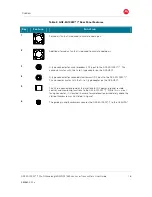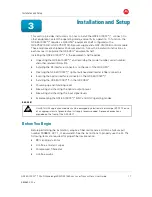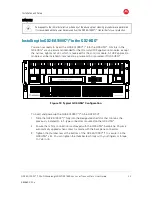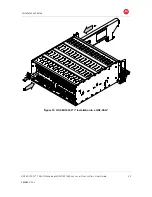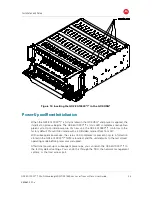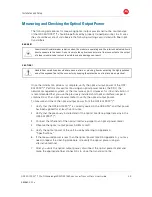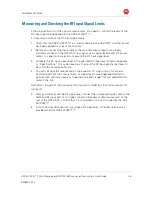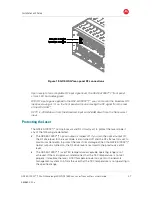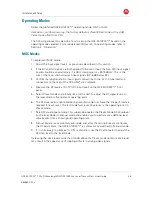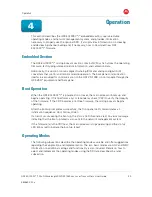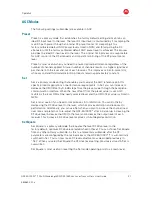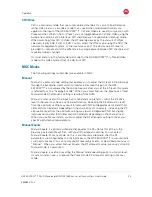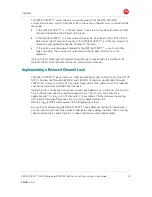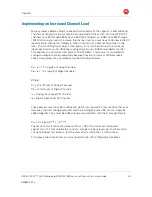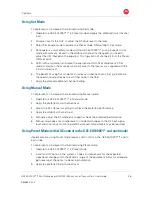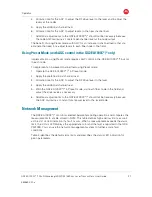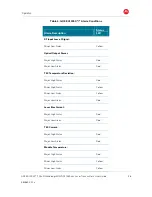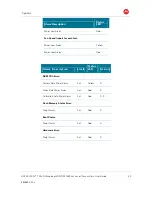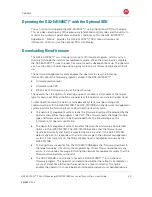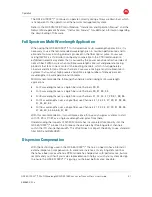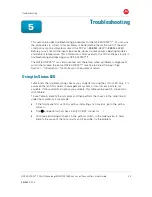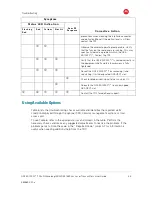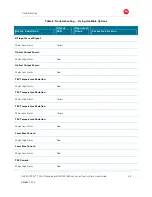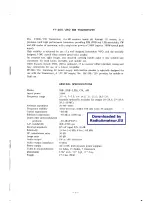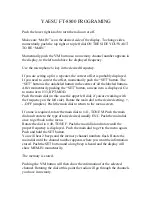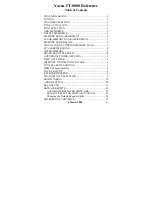
Operation
B
GX2 EA1000C*/* Multi-Wavelength DWDM 1550 nm Laser Transmitter
•
User Guide
30
589569-001-a
Operation
This section describes the GX2-EA1000C*/* embedded section, user selectable
operating modes, and network management system, and provides information
necessary to properly use the optional SDU. It also provides information on increasing
and decreasing channel loading and, if necessary, how to download new GX2-
EA1000C*/* firmware.
Embedded Section
The GX2-EA1000C*/* microprocessor section contains NVM, which stores the operating
firmware, factory-programmed module information, and calibration data.
Additionally, this section contains digital-to-analog (D/A) and analog-to-digital (A/D)
converters that control and monitor module operation. The backplane communication
interface is provided for communication to the GX2-CM100B control module through the
GX2-HSG* equipment-shelf backplane.
Boot Operation
When the GX2-EA1000C*/* is powered on or reset, the microprocessor boots up and
begins operating. It first performs a cyclic redundancy check (CRC) to verify the integrity
of the firmware. If the CRC indicates error-free firmware, the microprocessor begins
operating.
After the boot up completes successfully, the front-panel LED communicates an
initialization sequence:
Red, Yellow, Green
.
If an error occurs during the boot up, the
STATUS
LED illuminates red. An alarm message
indicating that the boot up failed is also sent to the network management system.
If the firmware fails the CRC test, the microprocessor stops operating and the
STATUS
LED blinks red to indicate the boot up failed.
Operating Modes
The following subsections describe the operating modes available and offer suggestions
regarding their application and implementation. The two basic modes are AGC and MGC.
Information on additional settings and functionality is also included. Details on how to
select and implement the operating modes using the SDU are described in a later
subsection.
4

